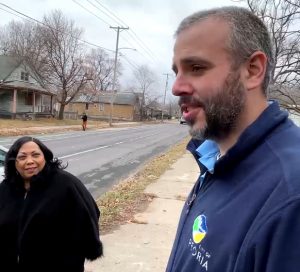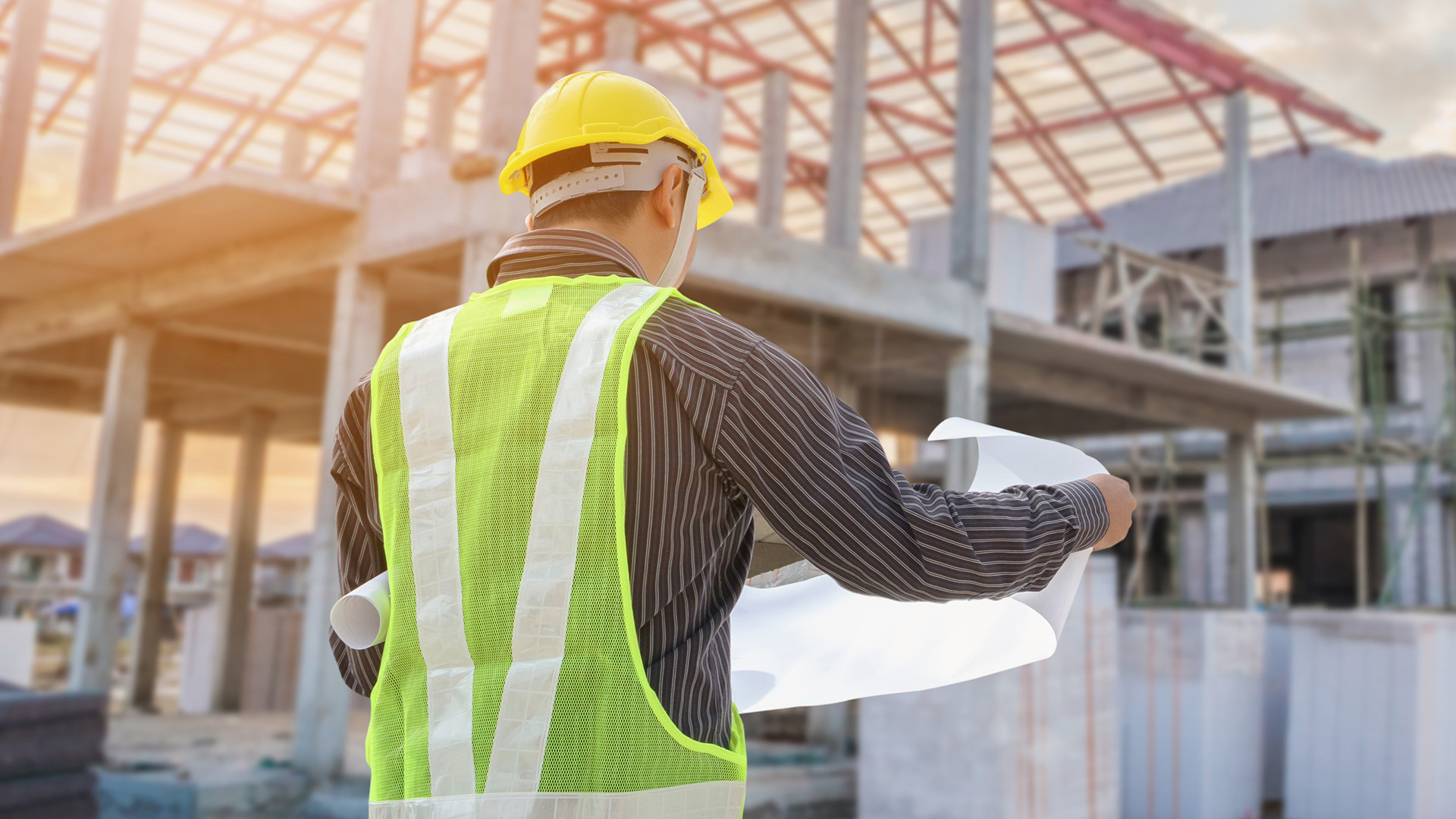The Peoria Land Bank is buying and consolidating properties on the South Side, hoping to lure investment
The City of Peoria eyes development of vacant properties on its South Side, a long-term vision you can take to the bank.
The Peoria Land Bank, that is.

The city created the land bank in 2021 as part of a long-term strategy to turn abandoned and dilapidated dwellings into prime development spots. Throughout Peoria, the city owns 800 properties, the vast majority in the 61605 ZIP code, one of the poorest neighborhoods in the nation.
The goal is to cluster multiple properties into larger tracts suitable for new housing, which in turn could lure commercial interests.
To get that done, the city will lean on the Peoria Land Bank, said Community Development Director Joe Dulin.
“In a perfect world, you want a very robust private market, where vacant land goes for sale,” Dulin said. “People sell it, buy it, build something new, generate property taxes. Where land banks come in is where that’s not necessarily occurring.”
There are now 250 land banks nationally, according to the Center for Community Progress, a nonprofit that helps rejuvenate blighted areas. Illinois’ six land banks are quasi-governmental agencies, except for the Peoria Land Bank, which was created by City Hall in 2021 as part of its Community Development Department. Dulin calls it a low-cost municipal investment, with just 1.5 employees. It is overseen by a commission.
Like other Illinois land banks, Peoria’s depends on grants from the Illinois Housing Development Authority. The Peoria Land Bank has received a pair of authority grants worth a total of $366,000.
That might not sound like a lot of money considering the median home home sale price last year in Illinois was $275,000. However, the grants can cover a lot of territory in South Peoria. There, the city has snapped up scads of rundown homes for just hundreds of dollars each, mostly through delinquent-tax auctions. Last year, for example, the city bought 85 such properties for $400 each. Some 75 of them will be demolished.
The process does not make the city a competitor with the private/ sector, Dulin said. Almost all of the properties are small by modern standards, about 30 by 100 feet, and would not support a new single-family home, which would cost at least $150,000 to $200,000, he said.
“The market just doesn’t support that in 61605,” Dulin added.
Ergo, he said, the value of those $400 houses is essentially nil, on their own. Together, city officials believe, these properties can be packaged into development sites with greater value. The city would like the land bank to become self-sustaining and not reliant on grants, which would mean selling the properties to developers.
That said, city officials aren’t worried about income. For the right projects, the properties would be let go on the cheap.
Though the land bank has sparked the rejuvenation of two properties on the Center Bluff and West Bluff, the city’s focus is on South Peoria. As Mayor Rita Ali notes, that area lost 5,000 residents between 2010 and 2020.
“We absolutely have to have quality, affordable housing,” she said.
Boosting the population would lure businesses, the city believes. But to lure businesses, the neighborhood first needs to boost its population. Ali said she knows many people who have moved out of South Peoria but would like to move back, if housing were to improve there.
“I think people have family connections, they have memories, they have academic connections,” she said. “They want to live there.”
Those kinds of connections also could be attractive to investors, Ali said.
“One group that I’m interested in bringing in are the South Side alumni: those people who grew up on the South Side of Peoria … They live all over America,” Ali said. “Sometimes they come back to town for a class reunion or a family reunion. One of the first things they want to do is go visit the area they grew up in, and they see all these (negative) changes.
“But these people, sometimes they are wealthy … and may be interested in investing in those areas they grew up in.”
Two pending projects loom on tracts cleared via the land bank. At MacArthur Highway near West McBean Street, across from Dr. Martin Luther King Jr. Park, MacArthur Senior flats would encompass four stories and 60 units. Off West Antoinette Street, near St. Ann’s Catholic Church and the Garden of Hope, townhouses and duplexes at Churchview Garden Homes would total 48 units.
For those two proposals, the city is working with Ohio-based Pivotal Housing. If all goes well, construction could start in 2024 and finish by year’s end. The two projects could be a boon to South Peoria, said city officials.
“You’re talking within just those two areas of 61605 potentially $30 million of investment (and) 150 new housing units,” which is a start on reversing the 50-year trend of disinvestment in 61605, said Dulin.
Over the next two years, the city hopes to create eight or nine development-ready tracts, Dulin said. One likely looms in the 1900 and 2000 blocks of West Lincoln Avenue, a stretch consisting of mostly city-owned vacant lots, plus a few crumbling bungalows.
Ali looks down the two blocks and sees much more. She imagines more duplexes and townhomes, thanks to the Peoria Land Bank.
“It’s going to be a great opportunity to bring housing to the South Side,” Ali said.





